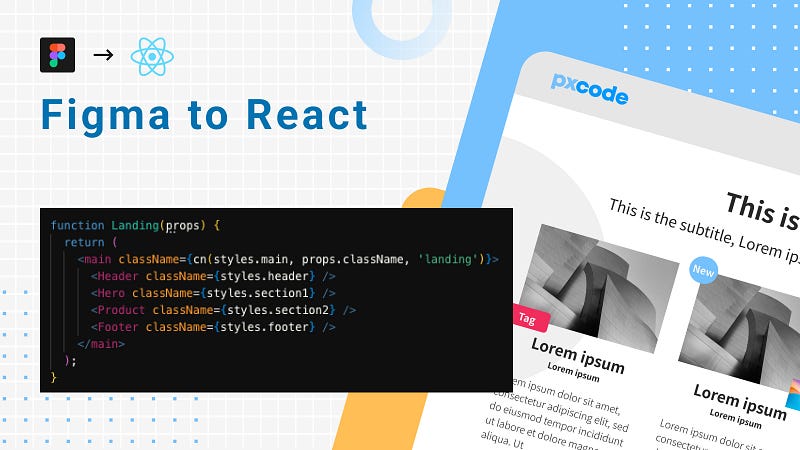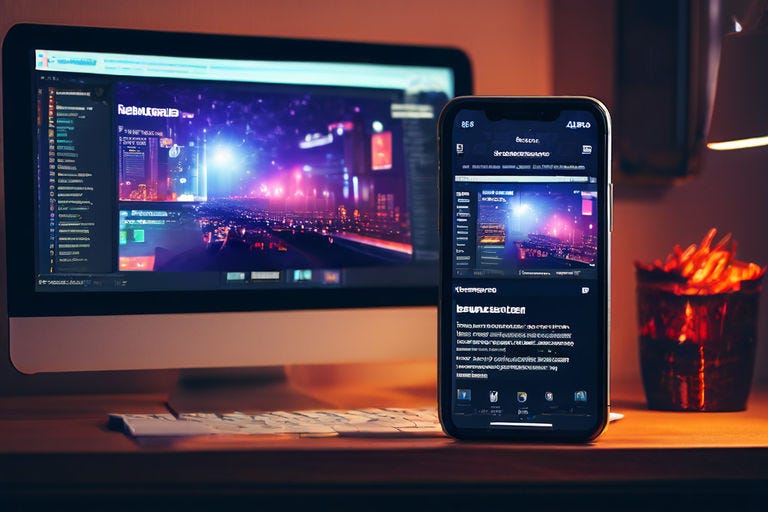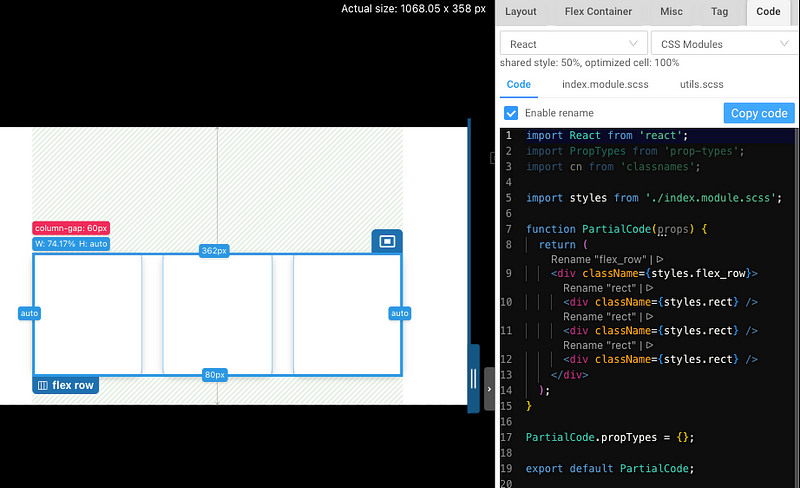
The concept of converting Figma designs into code has long been an attractive objective. While specific statistics are elusive, it’s widely recognized within the industry that developers may require multiple days to convert a single Figma file into code. This considerable expenditure of time not only represents a major cost for companies but also shifts developer focus away from essential development tasks such as refining application logic, enhancing performance, and adding features.









